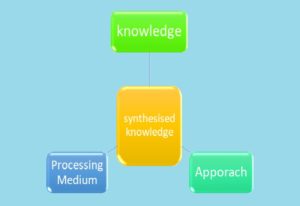Another example of two or more pieces of knowledge that gave rise to a new and novel idea is the invention of the modern toothbrush, which was developed based on the combination of several pieces of knowledge and technology.
The first piece of knowledge was the concept of oral hygiene, which dates back thousands of years. Ancient civilizations, such as the Egyptians, Greeks, and Romans, used a variety of tools to clean their teeth, such as twigs, animal hair, and even feathers.
The second piece of knowledge was the invention of the modern bristle brush, which dates back to the late 18th century. In 1780, William Addis, an English inventor, created the first modern toothbrush by drilling small holes into a bone handle, inserting bristles from a pig’s neck hair, and tying them in place with wire.
The third piece of knowledge was the development of new materials, such as nylon, which was invented in the 1930s. This new material was strong, durable, and could be easily molded into various shapes, including toothbrush bristles.
The combination of these pieces of knowledge led to the development of the modern toothbrush as we know it today. In the 1930s, Dr. Phillippe Guy Woog, a French dentist, recognized the potential of nylon as a toothbrush bristle material and collaborated with a manufacturer to create the first nylon-bristled toothbrush. This new toothbrush was more hygienic, effective, and comfortable to use than previous versions, and quickly became popular around the world.
